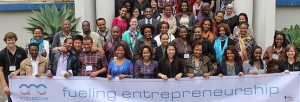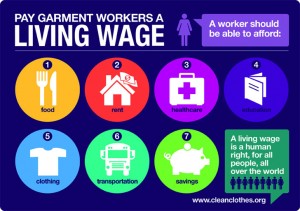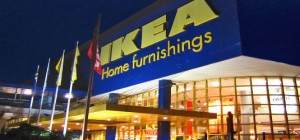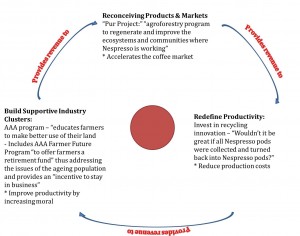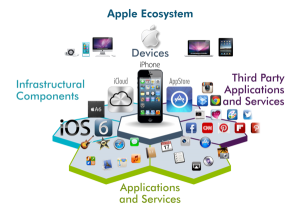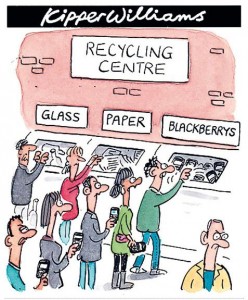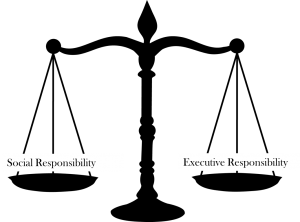“If the UN was fully funded, would we still need social enterprise or Arc?”
The issues present in society are so complex that traditional charitable giving will no longer effectively address them. As well, there also must be a collective, global effort to resolve the social and environmental problems that plague the global community, instead of one governing body alone.
What resonates with me the most about social enterprise is the idea of opportunity generation vs. problem mitigation; the former is more sustainable in the long run. Grameen bank and Arc initiative offer independence directly to their market, invaluable in the process of advancing society as a whole. Whereas if the UN simply took the initiative to establish programs, or provide food or clothing for example, they increase the people’s reliance and destroy local business and opportunities. I believe that if the principles for which businesses exist, to provide value for its customer segment by resolving an issue through innovation, were directed towards a greater cause, an ideal world is attainable.
The values of global citizenship and responsibility to our neighbours must be engrained in our generation. The issue of “out of sight out of mind” in the west will prevent progress. Besides Arc’s positive impact, it makes the business leaders of tomorrow more aware, inspired and responsible to make change through the humbling experience.


